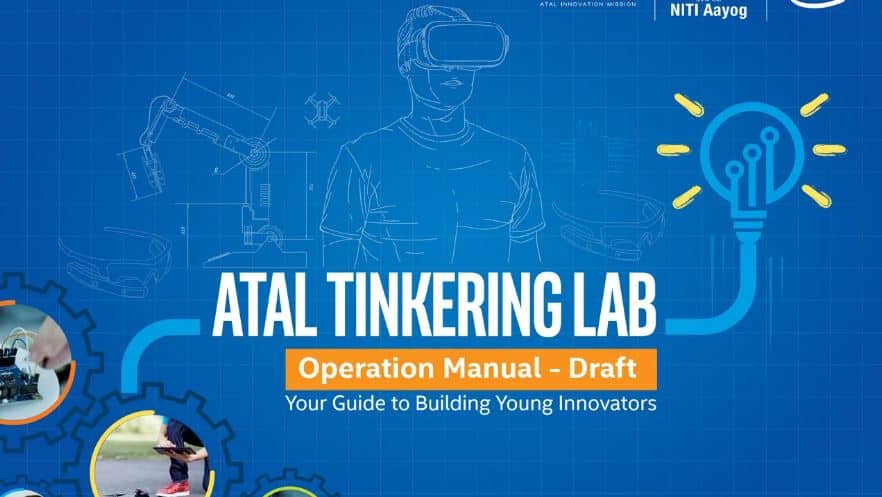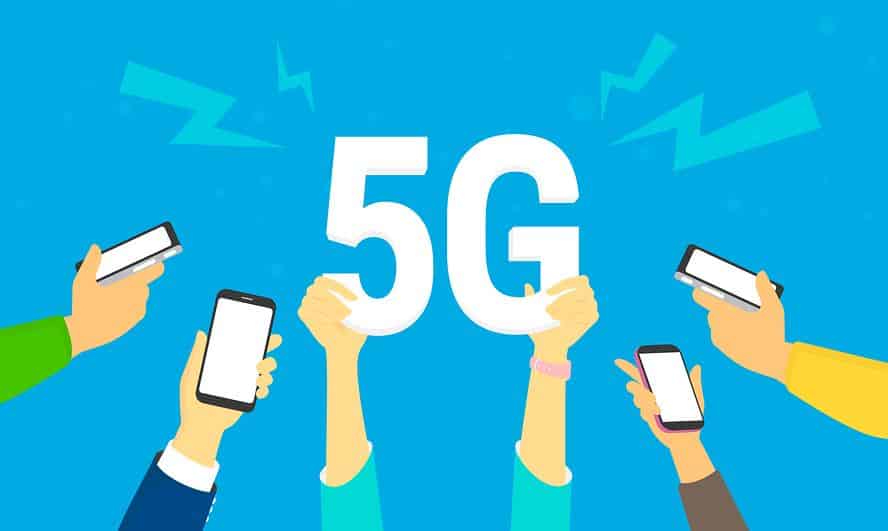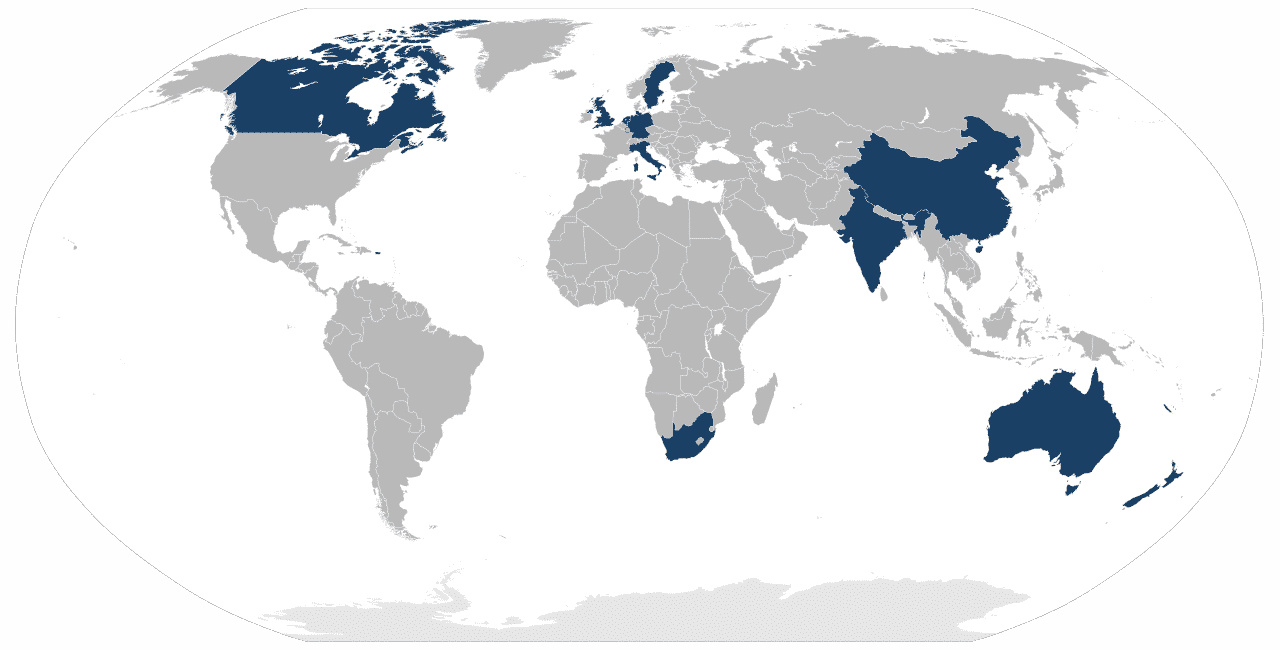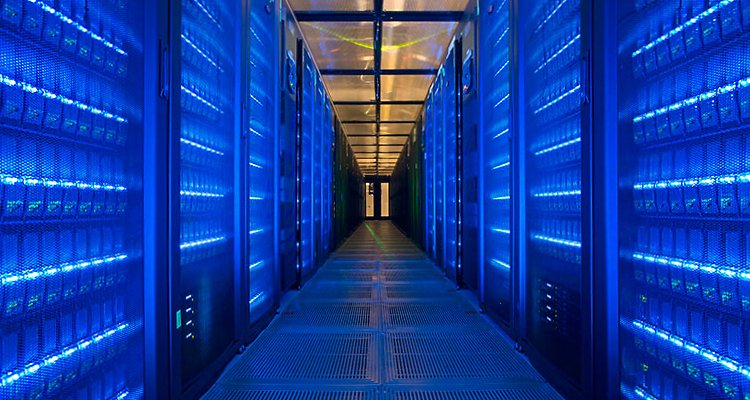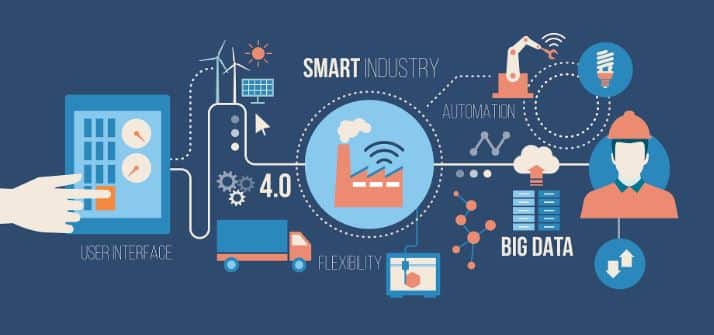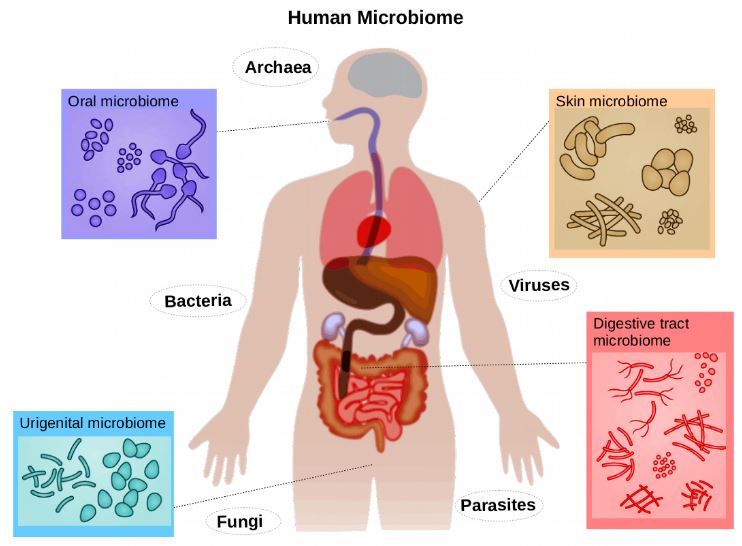NITI Aayog’s Atal Innovation Mission (AIM) launched the ‘ATL App Development Module’ for school children all across the country. Aims at transforming school students from App users to innovative App Developers
The vision is to foster creativity and innovation nationwide through its various integrated initiatives including incubators, Startups, community innovation Centers and Atal New India challenges for product and service innovations enabling socio economic growth of the country .
- The ATL App Development modules have been launched in collaboration with Indian homegrown startup Plezmo with an aim to hone the skills of school students and transforming them from App users to App makers in the times to come under AIM’s flagship Atal Tinkering Labs initiative.
- The ATL App Development module is an online course is completely Free. Through 6 project-based learning modules and online mentoring sessions, young innovators can learn to build mobile Apps in various Indian languages and showcase their talent. Additionally, to build capacities and acumen for App Development within school teachers, periodic Teacher Training sessions will be conducted on the AIM App Development course.
- ATLs can be established in schools (minimum Grade VI – X) managed by State/ Central Government, Local body (Municipality / Nagar Nigam), Private trusts/society or Tribal/Social welfare department etc.
- The applicant schools would be provided financial support in the form of Grant-in-aid for a maximum period of 5 years.
- Till date, more than 5100 ATLs are established in more than 660 districts across the country by Atal Innovation Mission with more than 2 million students having access to the Tinkering Labs.

